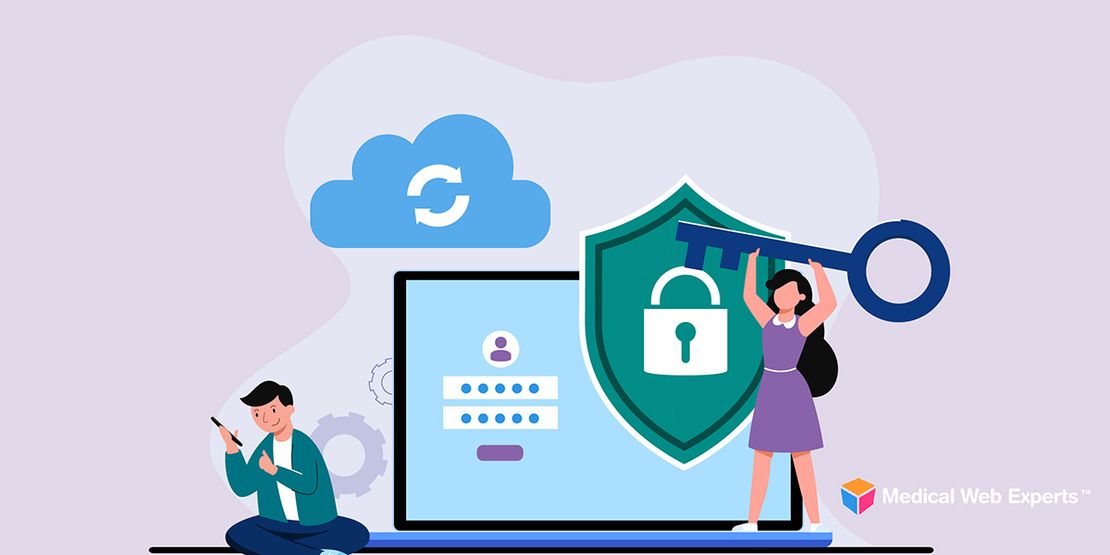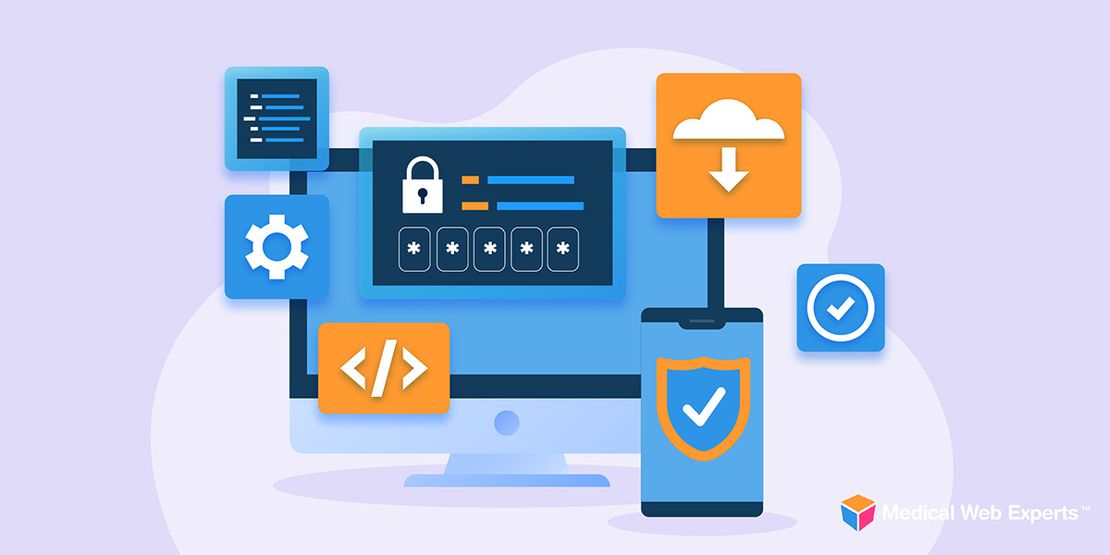In an industry as large as healthcare, a lot can happen in just one year. If the expert estimations are correct, there are a lot of positive changes on the horizon.
Patients and providers are set to benefit from advances in data analysis and increased rates of innovation; healthcare apps and the use of technology will continue to evolve patient-doctor communication; and healthcare web development and new ways to manage patient-focused healthcare records will see the industry further transformed.
Data Usability
2016 will be a pivotal year as innovations in technology make it possible to transform the deluge of data collected from a huge array of sources (electronic medical records, wearable devices, mobiles etc.) into more meaningful and usable information, leading to new insights and treatment plans for diseases.
[related_content]
The infrastructure to share and aggregate data is expected to make significant progress and can lead to tremendous benefits, especially in personalized and precision medicine and finding cures for difficult diseases. A greater ability to monitor health conditions will also reshape preventative medicine, and could even help prevent life-threatening health events from occurring.
All the data that is being generated, however, raises the question of protection and privacy since each type of medical record is governed by a different set of regulations. Security of patient health information will continue to increase challenges for the industry as the need for interoperability increases. Stringent requirements must be met within complex environments to adequately share data without compromising privacy, and this will require new technologies to be developed.
Cloud Technology
Healthcare entities will start to look at different ways of storage as the volume and velocity of data that is generated is expected to surge. Change is necessary to maintain storage of the data and this will start to push healthcare IT towards the use of cloud resources.
Cloud technology will be key in providing controlled access to health entities that need to share patient data. Healthcare web development and management is slowly moving towards more collaboration and the sharing of data, but it requires coordination and support between the entire healthcare ecosystem to truly achieve seamless data sharing and increased quality of care for patients.
Cloud service providers will be instrumental in ensuring storage environments and sharing meets HIPAA regulations and Healthcare IT will need to adequately address and respond to security and privacy concerns.
Patient-Generated Data
The value of patient-generated healthcare data, coming from wearable devices and apps, is also being realized, yet the industry must address a number of challenges before this data can be seamlessly integrated. Emerging technologies will be key to overcome these challenges.
The explosion in wearable devices and healthcare apps will further provide individuals with insights into their own health and medical conditions and encourage greater personal responsibility.
Telemedicine
Telemedicine is also expected to grow, with providers able to deliver increased healthcare via personal computer, tablet, or mobile at a distance. For patients with chronic health conditions, where home monitoring is critical, telemedicine can significantly improve patient and treatment outcomes.
2016 will be a year of continuous change for the healthcare industry, with technology advances and custom development for doctors designed to enhance the level of patient care. Data security will continue to raise challenges, yet despite these difficulties, healthcare as we know it will continue to evolve and change.


